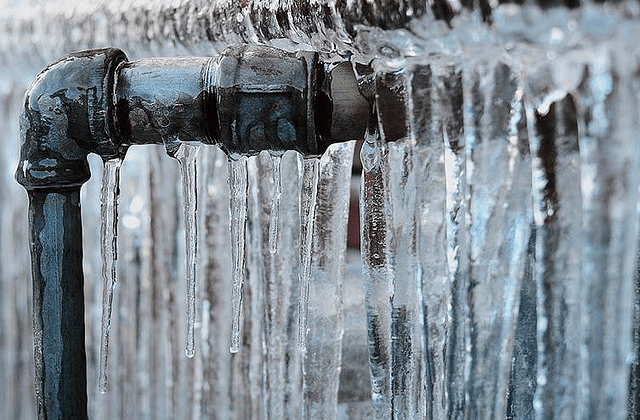Tips to Defend Plumbing System from Freezing: Key Advice
Tips to Defend Plumbing System from Freezing: Key Advice
Blog Article
The author is making several good points on the subject of Prevent Frozen Pipes in general in this article on the next paragraphs.
.jpg)
Cold weather can wreak havoc on your plumbing, especially by freezing pipes. Here's how to prevent it from occurring and what to do if it does.
Intro
As temperatures drop, the risk of frozen pipelines rises, potentially causing pricey repairs and water damages. Recognizing just how to stop icy pipelines is important for property owners in cool environments.
Prevention Tips
Protecting vulnerable pipelines
Wrap pipelines in insulation sleeves or make use of warmth tape to shield them from freezing temperature levels. Concentrate on pipes in unheated or external areas of the home.
Heating strategies
Keep indoor areas sufficiently heated up, particularly areas with pipes. Open up cabinet doors to allow cozy air to distribute around pipes under sinks.
Just how to recognize icy pipes
Search for decreased water circulation from taps, unusual odors or noises from pipes, and visible frost on exposed pipelines.
Long-Term Solutions
Architectural changes
Take into consideration rerouting pipes far from exterior walls or unheated locations. Add added insulation to attics, cellars, and crawl spaces.
Updating insulation
Buy premium insulation for pipes, attic rooms, and walls. Correct insulation aids preserve consistent temperature levels and reduces the danger of frozen pipelines.
Safeguarding Outside Plumbing
Yard hoses and outdoor faucets
Detach and drain pipes yard pipes before winter. Mount frost-proof faucets or cover outdoor faucets with insulated caps.
Comprehending Icy Pipes
What causes pipes to ice up?
Pipes ice up when exposed to temperature levels below 32 ° F (0 ° C) for expanded durations. As water inside the pipelines freezes, it expands, taxing the pipe wall surfaces and possibly creating them to rupture.
Dangers and damages
Icy pipes can lead to water supply interruptions, building damages, and expensive repair services. Burst pipes can flooding homes and create substantial structural damages.
Indications of Frozen Piping
Recognizing frozen pipelines early can prevent them from breaking.
What to Do If Your Pipes Freeze
Immediate activities to take
If you presume frozen pipelines, maintain taps open to alleviate pressure as the ice thaws. Utilize a hairdryer or towels taken in hot water to thaw pipes slowly.
Final thought
Stopping frozen pipes calls for positive measures and fast actions. By understanding the causes, signs, and safety nets, homeowners can protect their plumbing during cold weather.
5 Ways to Prevent Frozen Pipes
Drain Outdoor Faucets and Disconnect Hoses
First, close the shut-off valve that controls the flow of water in the pipe to your outdoor faucet. Then, head outside to disconnect and drain your hose and open the outdoor faucet to allow the water to completely drain out of the line. Turn off the faucet when done. Finally, head back to the shut-off valve and drain the remaining water inside the pipe into a bucket or container. Additionally, if you have a home irrigation system, you should consider hiring an expert to clear the system of water each year.
Insulate Pipes
One of the best and most cost-effective methods for preventing frozen water pipes is to wrap your pipes with insulation. This is especially important for areas in your home that aren’t exposed to heat, such as an attic. We suggest using foam sleeves, which can typically be found at your local hardware store.
Keep Heat Running at 65
Your pipes are located inside your walls, and the temperature there is much colder than the rest of the house. To prevent your pipes from freezing, The Insurance Information Institute suggests that you keep your home heated to at least 65 degrees, even when traveling. You may want to invest in smart devices that can keep an eye on the temperature in your home while you’re away.
Leave Water Dripping
Moving water — even a small trickle — can prevent ice from forming inside your pipes. When freezing temps are imminent, start a drip of water from all faucets that serve exposed pipes. Leaving a few faucets running will also help relieve pressure inside the pipes and help prevent a rupture if the water inside freezes.
Open Cupboard Doors
Warm your kitchen and bathroom pipes by opening cupboards and vanities. You should also leave your interior doors ajar to help warm air circulate evenly throughout your home.

I came across that article on Preventing and dealing with frozen pipes when doing a search on the search engines. Are you aware of somebody else who is looking into the subject? Take a moment to share it. Thanks a lot for taking the time to read it.
Book Now! Report this page